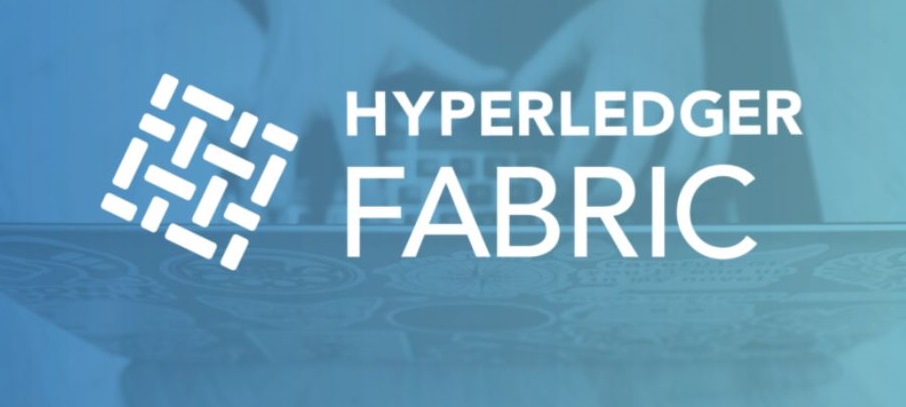Hyperledger Fabric is a popular open-source blockchain platform that enables the development of secure and decentralized applications. It provides a modular architecture that allows developers to build applications that meet their specific needs. In this article, we'll discuss how to use Hyperledger Fabric nodes to build blockchain-based applications.
Define your use case
Before building any blockchain-based application, you need to define your use case. Identify the problem that you're trying to solve, the stakeholders involved, and the data that needs to be recorded on the blockchain. This will help you determine the type of Hyperledger Fabric network you need to create and the functionality you need to include in your application.
Set up a Hyperledger Fabric network
Once you've defined your use case, you can start setting up a Hyperledger Fabric network. A Hyperledger Fabric network consists of a set of nodes that communicate with each other using a consensus protocol. You can set up your network using the Hyperledger Fabric documentation, which provides step-by-step instructions on how to configure and run a network.
Define your smart contracts
Smart contracts are the code that runs on a blockchain and determines how transactions are processed. In Hyperledger Fabric, smart contracts are called chaincode. You can use popular programming languages like Go, Java, and Node.js to write your chaincode. Define your smart contracts based on your use case requirements.
Deploy your smart contracts
Once you've defined your smart contracts, you can deploy them to your Hyperledger Fabric network. Use the Hyperledger Fabric command line interface (CLI) to package your chaincode and deploy it to your network. Once your chaincode is deployed, it will be executed on every node in your network.
Develop your application
Now that your smart contracts are deployed, you can start developing your application. You can use popular programming languages like Python, JavaScript, and Java to develop your application. Your application will interact with your smart contracts using APIs provided by the Hyperledger Fabric SDKs.
Test your application
Testing is an important part of the application development process. Use Hyperledger Fabric's testing tools to test your application and smart contracts. Hyperledger Fabric provides a test network that you can use to test your application in a controlled environment.
Deploy your application
Once you've tested your application and smart contracts, you can deploy your application to your production environment. Use Hyperledger Fabric's deployment tools to deploy your application to your network. You can use containerization technologies like Docker and Kubernetes to deploy your application to a scalable and highly available environment. A blockchain network solutions provider is a company that offers services and solutions related to blockchain technology. These solutions can include blockchain consulting, development, deployment, and maintenance, as well as custom blockchain solutions for various industries. The goal of a blockchain network solutions provider is to help businesses and organizations leverage the power of blockchain technology to improve their operations and increase efficiency.
Maintain your application
Maintaining your blockchain-based application is crucial for ensuring its longevity and stability. Keep your smart contracts up-to-date and ensure that they meet the changing needs of your stakeholders. Regularly test and monitor your application for security vulnerabilities and performance issues.
In conclusion, Hyperledger Fabric is a powerful platform for building blockchain-based applications. To build a successful application, you need to define your use case, set up a Hyperledger Fabric network, define and deploy your smart contracts, develop and test your application, deploy it to your production environment, and maintain it over time. By following these steps, you can build a secure, scalable, and decentralized application that meets the needs of your stakeholders.


No comments yet